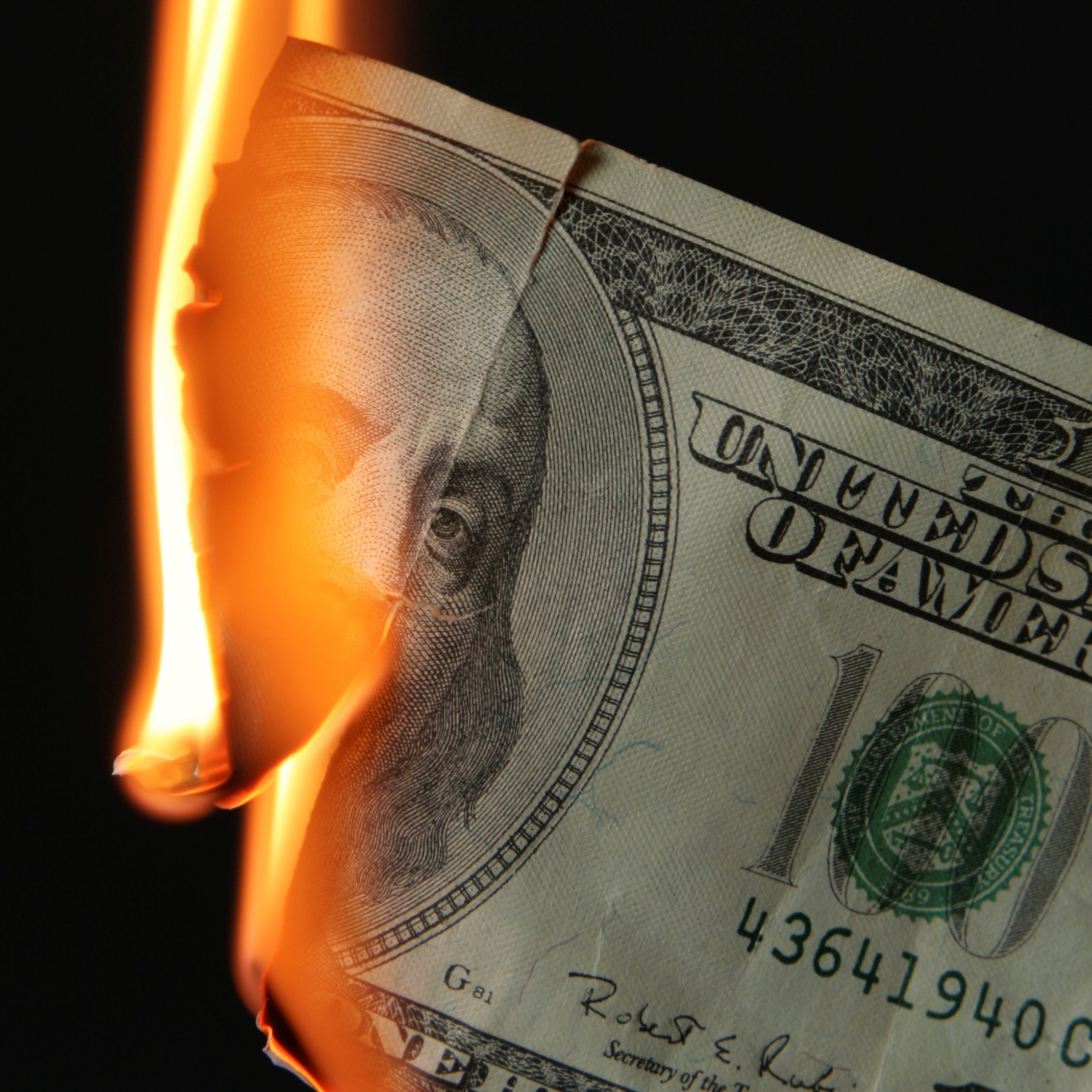Banking, finance, and taxes
Sovereign Debt With Negative Yields Now Tops $11.7 Trillion

Published:
Last Updated:

The demand for safe-haven trades is becoming almost zany. It seems unthinkable that there was nearly $10 trillion in sovereign debt with negative yields just a few weeks ago. Now the tally for negative yields is up to $11.7 trillion.
Fitch Ratings issued a report on Wednesday showing that Monday’s tally reached a record after the Brexit sell-off in risk assets. To put it in context on how rapidly this negative yield trend is rising, that is $1.3 trillion more with negative yields since just the end of May.
The $11.7 trillion total was broken down as being $3.2 trillion of short-term debt and $8.5 trillion of long-term sovereign debt. Fitch noted that this is being influenced by the dollar’s exchange rate with the yen and euro.
Fitch’s report said:
Worries over the global growth outlook, further fueled by Brexit, have continued to support demand for higher-quality sovereign paper in June. Widespread adoption of unconventional monetary policies, including large-scale bond-buying programs and negative deposit rates, have driven the large increases in negative-yielding debt seen this year.
Japanese government bonds continue to represent about two-thirds of the global total ($7.9 trillion). Japan’s negative-yielding debt total grew by about 18% during the month of June. Japan even has negative yields out as far as 17 years to maturity, meaning people who buy Japanese bonds out to 2033 will make no money at all — and will even pay the government a small pittance to get their money back then.
Germany and France each now have over $1 trillion in sovereign debt with yields under 0.00%. Germany’s total grew by 8% in negative yields on government debt, and France’s total negative yielding debt amount was up by 13% in June.
In Switzerland, it seems that almost all of the government debt now comes with a negative yield.
European negative-yielding debt increases were offset in part by an approximately $0.2 trillion reduction in the Italian total since May 31. This likely reflected investor risk aversion related to Italy leading up to and following the Brexit referendum.
Fitch said of the United kingdom itself after Brexit:
UK sovereign bonds continue to trade at positive yields across the curve, but the Brexit vote has had a dramatic effect on the UK yield curve. Following the June 23 referendum, 10-year gilt yields dropped by 44 basis points to 0.93% as of June 27.
Many Americans just do not understand the concept of negative rates. Hopefully they will never need to. If you want to put Fitch’s $11.7 trillion with negative yields into context, try this on for size — the U.S. Treasury total all-in total debt (held by public and intra-governmental) as of June 27, 2016 was listed was $19.279 trillion, and that number keeps rising each and every month.
Maybe the infamous quantitative easing term should not apply to negative interest rates. It really looks more like quantitative taxation — or quantitative theft.
The average American spends $17,274 on debit cards a year, and it’s a HUGE mistake. First, debit cards don’t have the same fraud protections as credit cards. Once your money is gone, it’s gone. But more importantly you can actually get something back from this spending every time you swipe.
Issuers are handing out wild bonuses right now. With some you can earn up to 5% back on every purchase. That’s like getting a 5% discount on everything you buy!
Our top pick is kind of hard to imagine. Not only does it pay up to 5% back, it also includes a $200 cash back reward in the first six months, a 0% intro APR, and…. $0 annual fee. It’s quite literally free money for any one that uses a card regularly. Click here to learn more!
Flywheel Publishing has partnered with CardRatings to provide coverage of credit card products. Flywheel Publishing and CardRatings may receive a commission from card issuers.
Thank you for reading! Have some feedback for us?
Contact the 24/7 Wall St. editorial team.